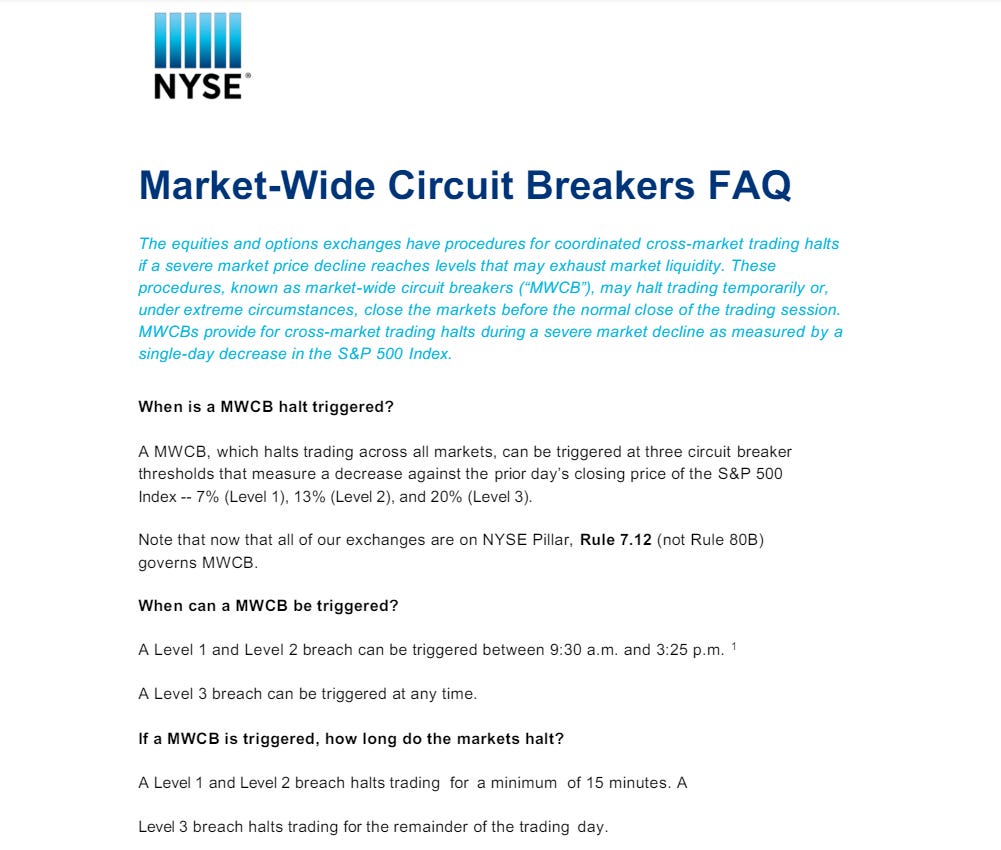Writing to you again so soon?!
Yeah, my bad. There was a logic error in my previous post (… after the paywall). As is my practice, I’ll not go back and edit my previous work but instead, I’ll add a note in my prior post and link it to this post that has the correction. I do this for two reasons:
If I back date my published work, you’d never know (you’ll just accept what you’ve previously read) because Substack doesn’t let me re-send already published work; and
It’s a matter of integrity for me to acknowledge my mistakes and also leave it out there for the record (i.e. not try and dupe people by attempting to project an image of perfection).
Anyhow, I’ll get to my mistake, but first I’ll add some additional thoughts on the the liquidity choke point.
Illiquidity: a new ice age
In my last post, I showed that the daily turnover in the U.S. stock market has stopped in its tracks, stalling a multi-decade growth trend. Since 2008, daily volume in terms of dollar value, has gone broadly sideways (… actually fallen slightly).
I pointed out that there are a growing number of people who are particularly exposed to the stock market as the household exposure to equities is at an all-time-high, and that there is an accelerating number of retired people (i.e. little income, so savings are the bulk of their wealth). When the stock market turns down in earnest (yes, it’s coming to a market near you soon), then the rising number of retiring people will feel particularly vulnerable. The market may struggle to adapt from its current static trading volume and absorb the panicked selling of 55 million people (as at 2022) trying to limit their losses.
I showed that U.S. households have approximately $43 trillion in retirement assets and approximately 41% of their financial assets (which may or may not equate to retirement assets, but let’s assume they do) are held in equities. That suggests U.S. households have approximately $17 trillion held in stocks. It won’t all be retired people, but it will be skewed toward the older population … and everyone, regardless of age, will feel the same loss of wealth in a down market.
So, what are my new thoughts?
Quantitative Easing (QE); passive investing; and the retirement boom.
Perhaps the fall in trading volume reflects the accelerating number of retiring people? Were Boomers the primary buyers of stocks and with more of them retiring since 2008, they no longer had the income to buy more stocks?
Perhaps it reflects the growth in passive investing with their buy and hold strategy rather than the higher turnover of active managers?
These charts were published two years ago, but they tell a story of lower trading volumes.
Then of course, there’s QE. As the Fed buys trillions of dollars of bonds, the sellers of those bonds have to find alternative assets to invest in. As such, it’s no surprise that the stock market has continued higher since QE began.

QE impacts the financial economy but not the real economy. That means that it impacts financial asset prices (i.e. it lowers bond yields and requires other assets to be purchased in place of bonds), but it doesn’t result in more loans to businesses. Sure, it increases bank reserves, but banks don’t make bad loans just because they’ve got loads of additional cash reserves. Instead, they don’t pay their depositors interest on their cash balances.
Putting all these factors together:
There are a growing number of people who will feel particularly vulnerable to a stock market selloff (i.e. there is a growing pool of potential panicked capitulation sellers);
The rise of passive investing has saved people in terms of fees, but it has come at the cost of reduced stock market trading volume (can the market re-adjust if required?);
QE has juiced the stock market and conditioned people to thinking that “liquidity = rising stocks” is a one-way bet (i.e. an economic lullaby).
It’s like the proverbial “perfect storm” of circumstances that have set up the stock market for a failure of liquidity.
Circuit breaker
It’s worth remembering that there are rules in place to try and bring order to a panicked market. These are known as circuit breakers. A drop in the market by 7% causes a minimum of a 15 minute halt to trading, as does a 13% fall. A 20% fall on one day closes the market for the remainder of the day.
Of course, these same rules can also increase panic. What if the market closes ‘Limit Down’ for multiple days in a row? It hasn’t happened before (after 9/11 the NYSE was closed until 9/17 to avoid panic selling), but a lack of access to the market could heighten investor anxiety if the market gaps down and closes. It’s worth considering.
Logic error
I double counted. Stupid mistake. Let’s look at it again without my mistake.







